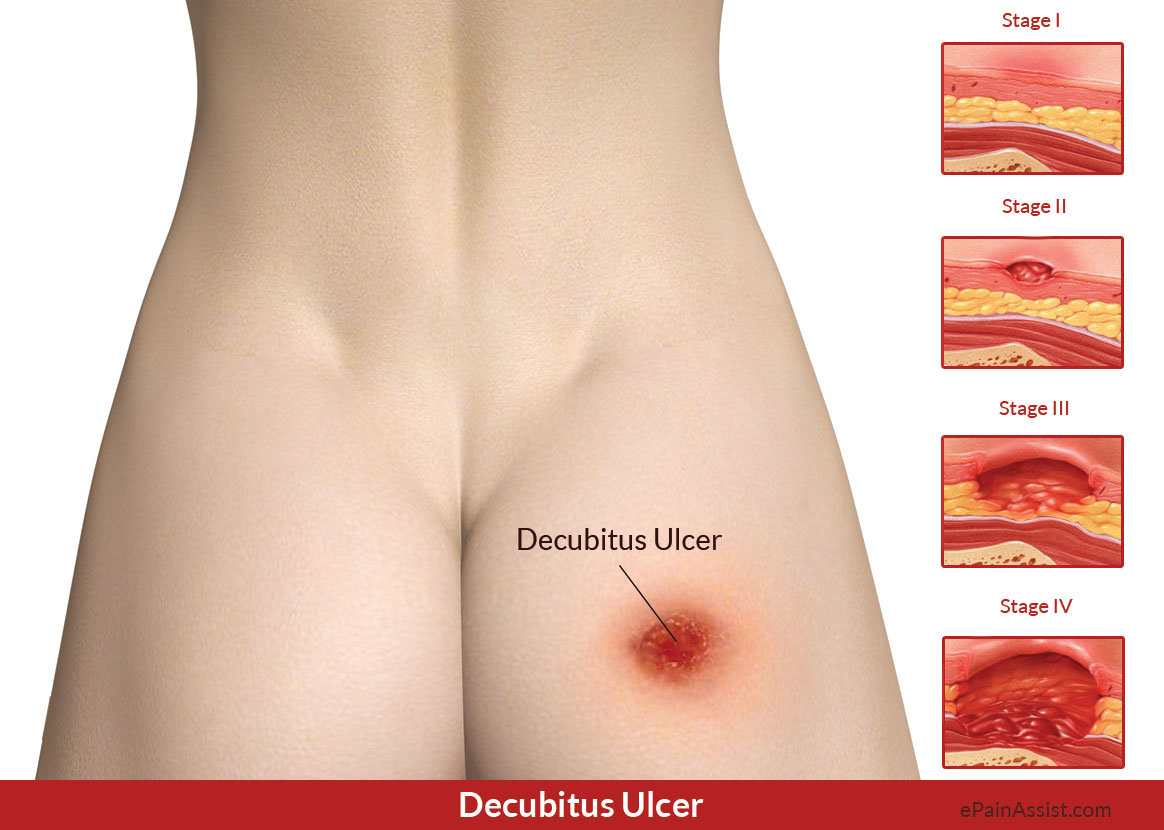This article on Epainassist.com has been reviewed by a aesculapian professional , as well as mark off for facts , to assure the reader the well potential accuracy .
We follow a nonindulgent editorial policy and we have a zero - margin policy regarding any stratum of plagiarism . Our articles are resourced from reputable online Page . This clause may contains scientific references . The number in the excursus ( 1 , 2 , 3 ) are clickable connection to compeer - reviewed scientific papers .
The feedback link “ Was this Article Helpful ” on this page can be used to report depicted object that is not accurate , up - to - escort or confutative in any mode .

This article does not provide medical advice .
uninterrupted and prolonged pressure level to the skin causes injury to the hide and its fundamental tissue resulting in Decubitus Ulcer or Pressure Ulcer or Bedsores . Decubitus ulceration commonly develop on theskin , which cover the bony parts of the organic structure , such as ankles , heels , hips and tailbone . someone who are invalids and are limit to bed or wheelchair and who can not move or exchange their position are more likely to develop decubitus ulcer decubitus ulceration . Decubitus ulcers run to develop quickly and they can be quite hard to handle .
Treatment comprises of cleaning the ulcers , applying dressings , wound debridement and surgery if postulate .
Causes of Decubitus Ulcer or Pressure Ulcer or Bedsores
Decubitus Ulcer or Pressure Ulcer or Bedsores occur as a result of uninterrupted air pressure against the pelt , which restricts the blood line flow to the skin and adjacent tissue paper . There are 3 main contributing factors which bound a person ’s mobility and makes the hide more prostrate to damage and ultimately developing decubitus ulcer . They are :
Risk Factors for Decubitus Ulcer or Pressure Ulcer or Bedsores
Individuals who are confined to one place and can not move or transfer their position are at a great risk for develop Decubitus Ulcer or Pressure Ulcer or Bedsores . The reason for this immobility includes :
Signs and Symptoms of Decubitus Ulcer or Pressure Ulcer or Bedsores
Seek contiguous aesculapian attention if there are any signs of contagion like drain , fever , foul odor , increase in inflammation and passion from the ulcer and its surrounding cutis .
Investigations for Decubitus Ulcer or Pressure Ulcer or Bedsores
Treatment for Decubitus Ulcer or Pressure Ulcer or Bedsores
cautious treatment is sufficient for stage I and II decubitus ulcer and they commonly heal within some weeks to month .
Stage III and IV decubitus ulcers are quite hard to treat . Treatment comprises of concentrate the pressure on the regions of the sore and this is done by :
The damage / infected tissue needs to be removed or debrided to allow right healing . Depending on the stage of the ulceration , patient ’s oecumenical health , the goal of treatment , debridement is done in the following ways :
Medications Used for Decubitus Ulcer or Pressure Ulcer or Bedsores Include:
Surgery for Decubitus Ulcer or Pressure Ulcer or Bedsores
If the Decubitus Ulcer or Pressure Ulcer or Bedsores does not respond to the above cadence , then surgery may be demand . The aim of surgery is improvement in the coming into court of the ulcer and hygiene , preventing/ treat the infection , cut down the loss of fluid through the wound and reducing the danger of cancer .
The type of surgical procedure done depends on the locating of the ulcer and formation of scar tissue paper from any previous surgery . The rough-cut method in operative fixture of decubitus ulceration is covering the combat injury and cushioning the affected bone ( flap reconstructive memory ) with a diggings of your muscular tissue , skin or other tissue .
extension :
Also translate :